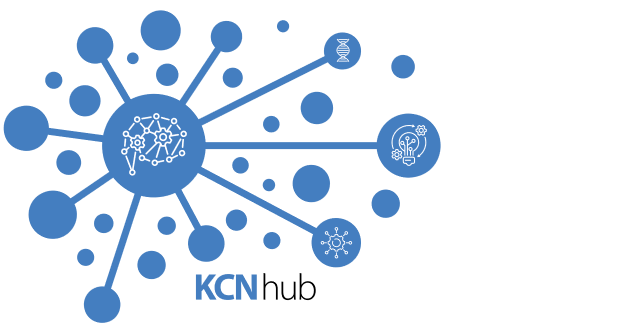Internal KCN: Diverse myelination patterns impact action potential conduction timing
Abstract:
The white matter (WM) consists mostly of myelinated axons that support the coordination of neural signals between different brain regions. The conduction of action potentials (APs) along WM is sensitive to myelin, a lipid-rich material wrapping around axons in a spiral fashion, formed by glial cells called oligodendrocytes. Myelin notably influences the time it takes for APs to traverse toward their post-synaptic targets (known as conduction delay). How do changes in myelin sheath length and location along individual axons influence conduction timing? Previous studies aiming to answer this question are based on the oversimplifying assumption that myelin sheaths are periodically located along axons and are thus symmetric. Our approach is different in the sense that we estimate conduction delays along axons of diverse myelin patterns, namely myelin sheaths have different longitudinal lengths and are randomly distributed along axons. We found that low levels of myelination incur high variability of conduction timing whereas higher levels of myelination are more robust to lengthwise geometric changes of myelin sheaths. By increasing the lengths of individual axons we found that conduction time varies with axon length -- AP conduction delays are more variable on longer axons. This is a work in progress done jointly with Jérémie Lefebvre.
